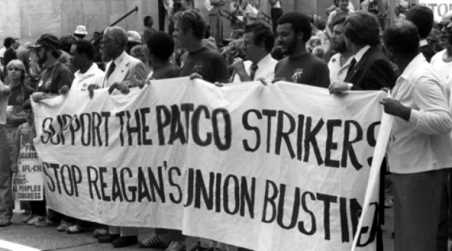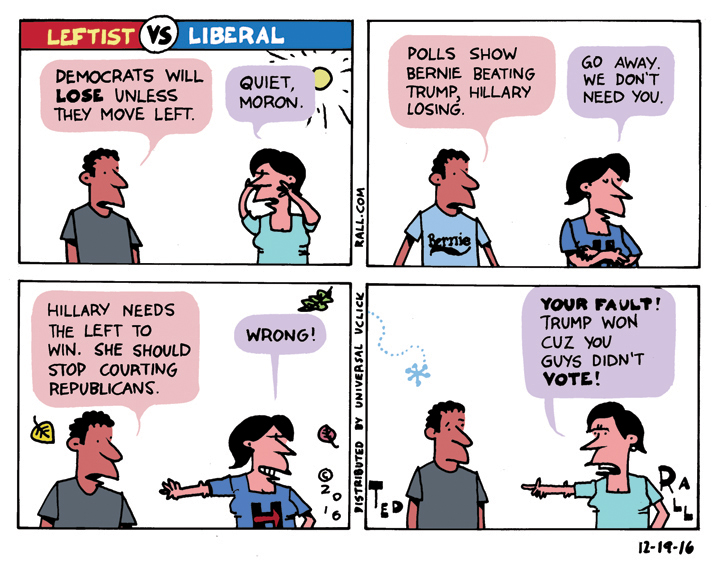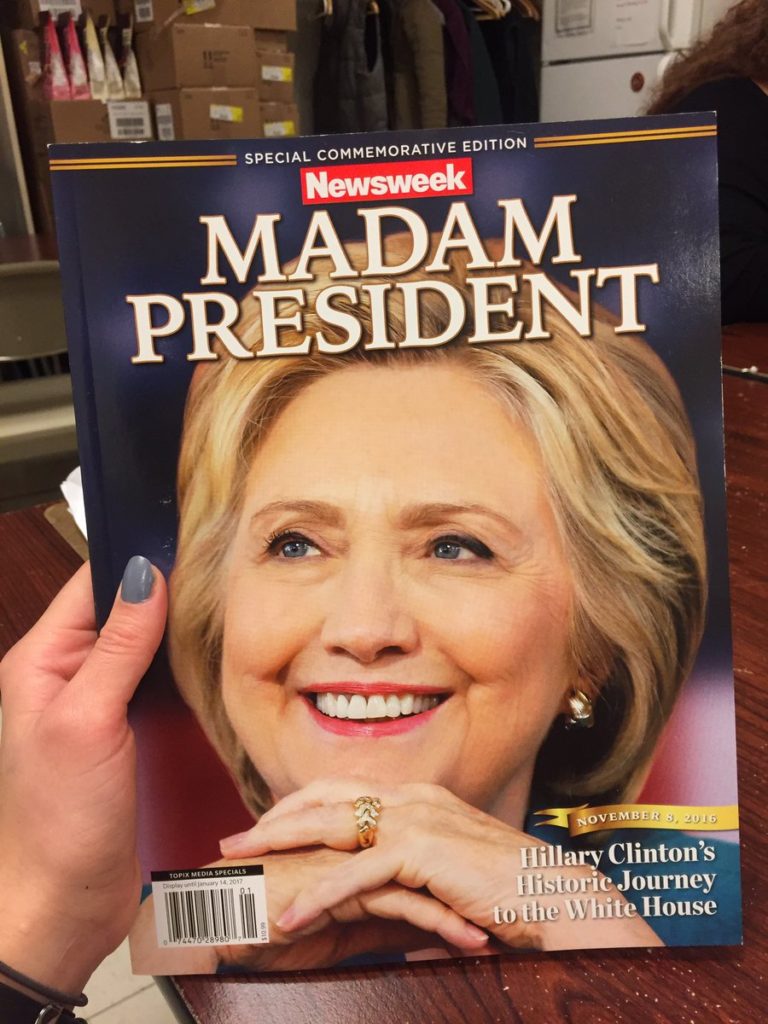Live at 12:30 PM Eastern/11:30 am Central time, and Streaming 24-7 Thereafter:
House Leader Jeffries sounds like a Vichy Democrat who has given up. “What leverage do we have?” he asked reporters at his weekly news conference on Friday. “They control the House, the Senate and the presidency. It’s their government.”
Yet Republicans had a very different attitude when they found themselves in the same position Democrats are in now. They threatened to shut down the federal government and sometimes did so. They extracted concessions in order to raise the debt ceiling. They blocked judicial and other nominations.
What parliamentary and other tools could Democrats deploy to block or slow down Trump and his initiatives? Do they want to use them? If not, why not?
That’s what editorial cartoonists Ted Rall (from the Left) and Scott Stantis (from the Right) are talking about on today’s DMZ America Podcast.



